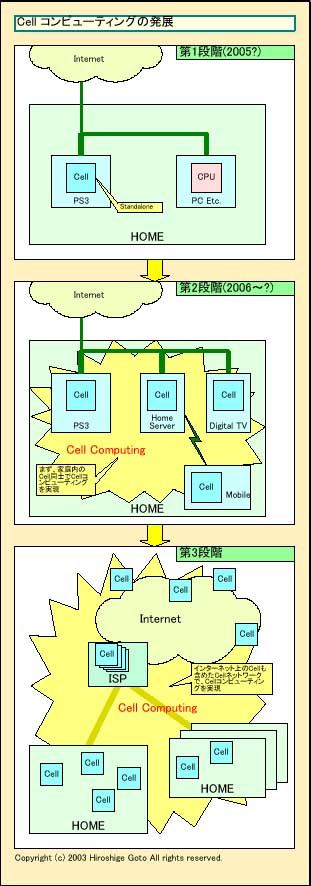No point being different and ending up being not so good
This is why noone is interested in Xbox2. Because there really are no huge mysteries about it's hardware at all. We *know* by looking at PC hardware time tables what it will use by seeing what's out at what time.
It's just not interesting.
Being "different", custom hardware, is also typically is unmatched for a while more then when compared to typical hardware(aka a new ATI GPU vs a Nvidia GPU).
Why all the talk about PS3? Because it's using new technology that has never been seen before, where on the other hand everyone has seen the technology Xbox2 is going to be using.(Not many surprises)

